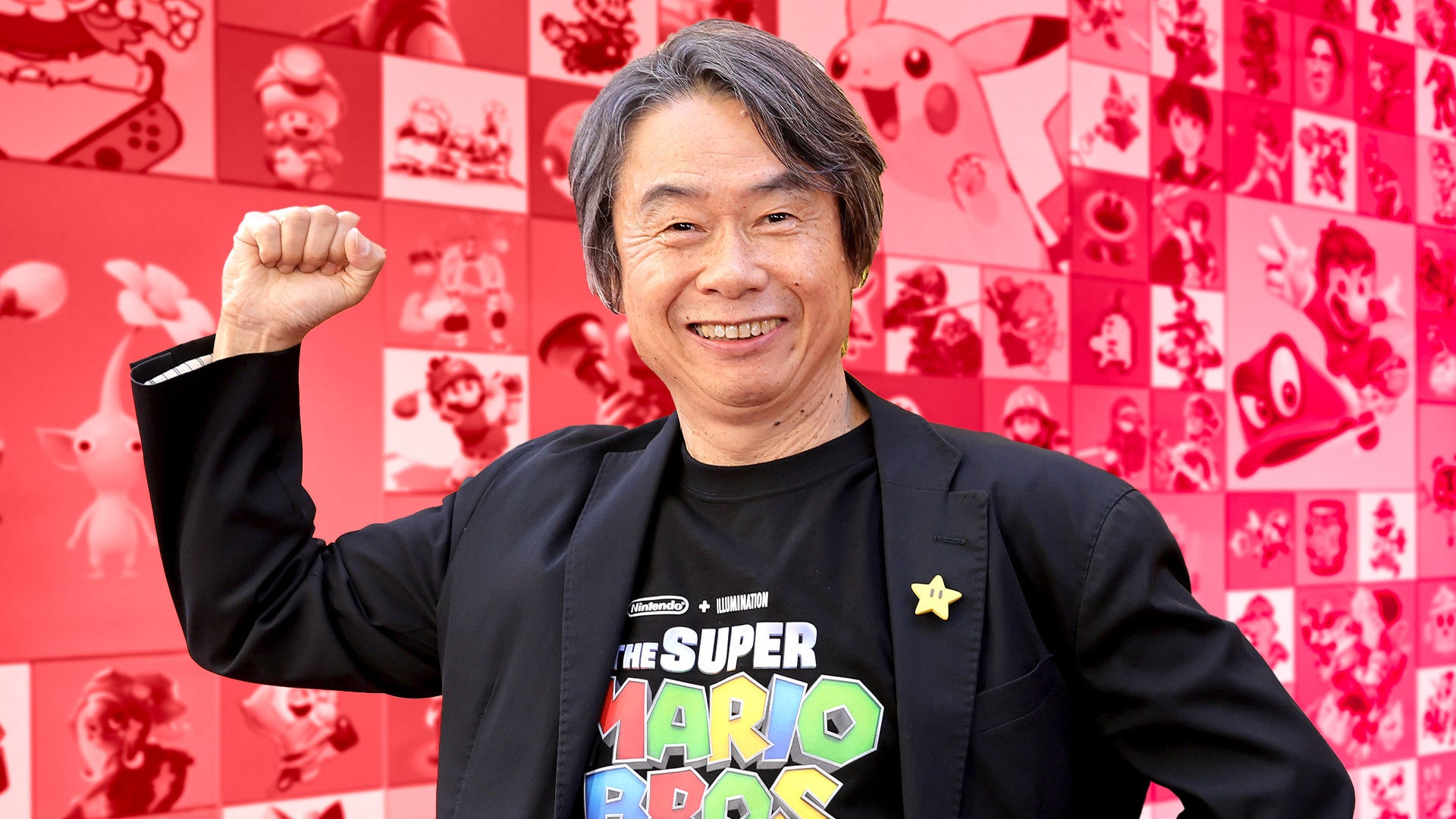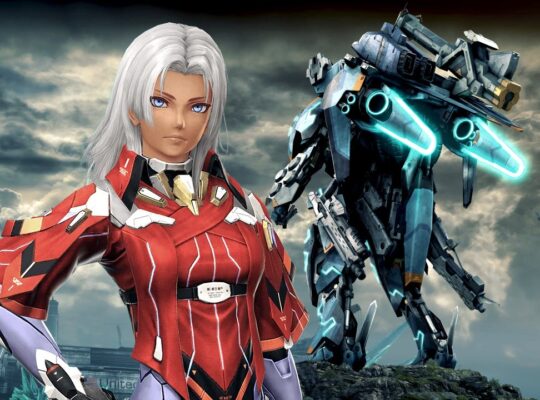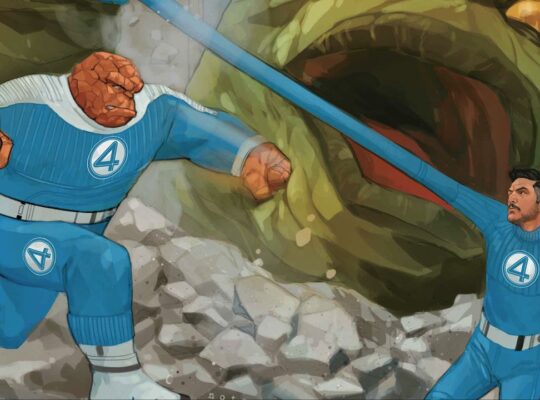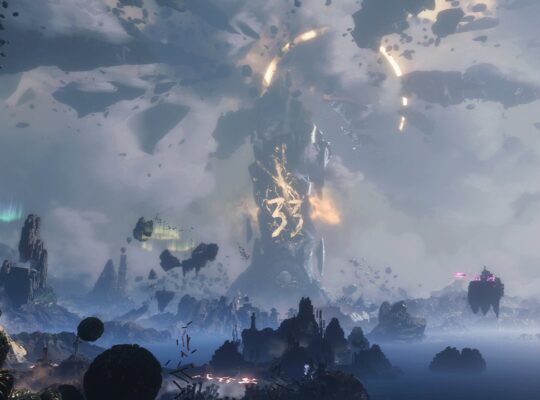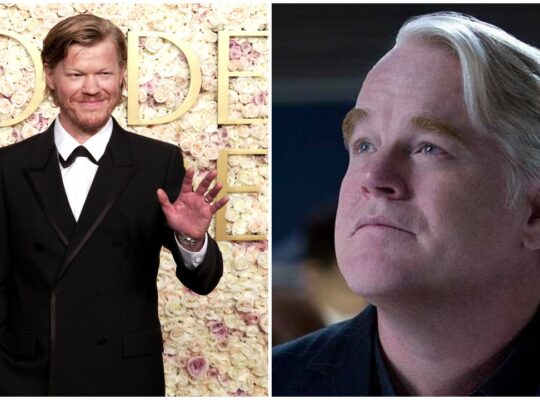Although many are labeled with the moniker ‘legend’, few deserve it more than Shigeru Miyamoto. His influence on video games is perhaps more far reaching than any other individual, and in the 45-plus years he’s been at Nintendo, he’s been responsible for creating many of the world’s most-loved games. To many, he is Nintendo. But on the eve of Tokyo Game Show, he’s talking about the most “un-Nintendo-like” thing the company has ever created.
“You could say that we’re sort of doing something that we are not supposed to do,” Miyamoto reveals. “If [ex-president of Nintendo Hiroshi] Yamauchi would hear this, I think he would tell us to stop immediately!”
Surprisingly, he is talking about the newly opened Nintendo Museum, a two-storey interactive celebration of everything Nintendo, situated in Kyoto, Japan, where the company was founded. IGN visited the museum recently and, just like Nintendo, it’s a place where fun is at the heart of everything.
“We wanted to do something appropriate to our identity,” says Miyamoto, talking about how Nintendo always has a certain way of doing things. Previously, the company always shied away from talking about its past. With the gaming landscape constantly changing, though, it decided now was the time to celebrate all of its achievements… but only if it felt authentically Nintendo.
“Nintendo is a company that connects with its consumers through products,” Miyamoto explains. “We do not promote the company itself, only the products. We might be talking about how old Mario has turned but we don’t talk about how many units a certain game has sold. That’s what Nintendo has traditionally been doing, but the environment has changed and we started to revisit that thought.”
That’s not to say the Nintendo Museum is a mecca that only celebrates Nintendo’s commercial success. In fact it’s nothing like that. But from the decades of history on display, it’s clear to see that only one thing really matters to Nintendo – the games.
“I feel that the only way to connect and communicate with the consumer is through the product,” Miyamoto says. It’s a position that echoes the thoughts of the ex-Nintendo president Horishi Yamauchi, who ran the company for over 50 years and was responsible for turning it into the global entertainment success it is today. “Yamauchi used to say that a lot of companies put a lot of effort and resources into sales to make sure that the product is advertised well so that it reaches greater sales”, says Miyamoto. “However, Yamauchi’s own philosophy was the opposite. He believed that if you need to over-advertise something to sell, not selling it at all is better.”
A museum that showcases the story of the company behind the games and consoles is almost antithetical to this philosophy of ‘show not tell’, so it’s no wonder Miyamoto thinks his old boss might not be in favor of the project if he were still alive today. But since its founding in 1889, Nintendo’s century old history has begun to pile up. Perhaps sensing its own age, the idea came to turn an old Nintendo factory into its first ever museum. “Nintendo has a lot of material that we have accumulated over the years. Some of that is deteriorating and some of it has been thrown away,” Miyamoto explains. “Over the years, we started to realize the importance of preserving these materials.”
A lot of companies put a lot of effort into sales to make sure a product is advertised well so it reaches greater sales. But [ex-Nintendo president Horishi] Yamauchi’s own philosophy was that if you need to over-advertise something to sell, not selling it at all is better
The preservation extends to the building itself, too, and Miyamoto “thought that it would be very Nintendo-like to not have a flashy museum but to simply repurpose this building and this land that we had as an effort to store and preserve the products that we have made in the past.”
Rather than simply tell a straight historical story that stretches from 1889 to today, Nintendo enlisted the help of its various technicians, employees “with various knowledge and interests that go beyond just video games,” to create a museum that only Nintendo could imagine.
The result is an experience unlike any other. During our tour we saw exhibitions that tell the story of Nintendo through interactive experiences, like large-scale Nintendo game controllers that can be used to play games with a friend, or a station where guests can create their own Hanafuda cards, the Japanese playing cards etched into Nintendo lore. It has more in common with a theme park than a traditional museum, and just as interactivity is central to Nintendo’s history as an entertainment company, it’s also central to the Nintendo Museum.
“I had never created a museum so it was quite a different experience for me,” Miyamoto recalls. “But from the midway point we were constantly making iterations and fixes, which felt very similar to making video games.”
One of the takeaways we had following our visit to the museum is that, ironically, there’s very little history in this celebration of the past. While the interactive exhibits highlight Nintendo’s ability to inject fun and gameplay into anything from amusement parks and movies to LEGO toys, there were too few exhibits that peeled back the curtain on how Nintendo created some of our favorite games or consoles. Miyamoto says this is partly by design, but also something that will change in the future.
“Every year we have about a hundred or two hundred new employees that join our company and I have a talk of over two hours with them to explain what kind of company we are,” Miyamoto says. “However, after 20 years, I don’t really look forward to doing that same talk again next year anymore.”
The museum, therefore, is meant to give employees – and visitors – a version of Miyamoto’s talk, designed to be accessible by everyone: “If we were going to tell our employees what kind of company Nintendo is, we thought it might be good to share that with the public as well.”
Like Nintendo itself, the museum is something that will evolve over time. What it looks like next year might be very different from what it is today. “We are currently in the process of planning next steps in what to include for the future,” Miyamoto reveals. “Initially the museum was based on the fact that we were only going to exhibit products. But when I put myself in the customer’s perspective, I do want to see at least a little bit of stuff from behind the curtains.”
Miyamoto points out that the Nintendo Museum currently has prototypes for controllers and consoles that have never been seen before, nor can they be seen anywhere else. There are also plans to exhibit artworks and rarities from its games, and Miyamoto suggests that, after making 10 movies or so, maybe Nintendo could even add a movie theater to the museum.
Nintendo currently has no plans to set up other museums around the world, so if you want to experience “the most un-Nintendo-like” creation the company has ever made, you’ll need to visit the Nintendo Museum in Kyoto. When asked if he has a particular favorite exhibit, Miyamoto says it’s the section dedicated to the Nintendo Wii, the company’s 2006 motion controller-based console: “The Wii is special to me. At the time, I and [former Nintendo president Satoru] Iwata felt that games were becoming something specifically for gamers and we wanted to change that by creating something that could be experienced by anybody. That was the driving force behind the Wii, and it was something that we were kind of able to actually accomplish. Looking at the photos of families playing together, it makes me happy to think that the population of people that play games increased because of the Wii.”
Matt Kim is IGN’s Senior Features Editor. You can reach him @lawoftd.


